 Shelly Beach writes across several genres, writing both contemporary Christian fiction, nonfiction, and contributing this year to The NIV Stewardship Study Bible and The Pastors’ Resource Bible. She is the co-founder of the Cedar Falls Christian Writers’ Workshop in Cedar Falls, Iowa, as well as the Breathe Christian Writers’ Workshop in Grand Haven, Michigan. Shelly also serves as a Christy Award judge and works as an adjunct professor in writing at Cornerstone University.
Shelly Beach writes across several genres, writing both contemporary Christian fiction, nonfiction, and contributing this year to The NIV Stewardship Study Bible and The Pastors’ Resource Bible. She is the co-founder of the Cedar Falls Christian Writers’ Workshop in Cedar Falls, Iowa, as well as the Breathe Christian Writers’ Workshop in Grand Haven, Michigan. Shelly also serves as a Christy Award judge and works as an adjunct professor in writing at Cornerstone University.Shelly is the author of Hallie’s Heart (Kregel 2007), which earned a 2008 Christy Award; Precious Lord, Take My Hand: Meditations for Caregivers (Discovery House Publishers 2007), ECPA Book of the Year Finalist for 2008; Ambushed by Grace: Help, Hope, and Heart Transformation on the Caregiving Journey (Discovery House Publishers 2008); Morningsong (sequel to Hallie’s Heart, Kregel 2009); and the forthcoming The Silent Seduction of Self-Talk (Moody 2009).
She is a member of the Christian Author's Network, American Christian Fiction Writers, and Advanced Speakers and Writers Association and speaks nationally on writing, inspirational topics, and caregiving.
I’m so thrilled to have a Christy Award winning author on Novel Journey! Of course, I’m talking about Hallie's Heart, which won a Christy Award this year. Tell us about this book:
 Hallie’s Heart is set in my hometown of Muskegon, Michigan, as well as a rural Michigan community where my husband and I raised our children for ten years. The major conflicts in the story flow from struggles in my own life. One central character in the book, fifteen-year-old Hallie, is responsible for the accidental drowning of her younger sister and lives with an alcoholic is truly sovereign and loves us, then why doesn’t he protect us from evil and suffering? Is he a monster?
Hallie’s Heart is set in my hometown of Muskegon, Michigan, as well as a rural Michigan community where my husband and I raised our children for ten years. The major conflicts in the story flow from struggles in my own life. One central character in the book, fifteen-year-old Hallie, is responsible for the accidental drowning of her younger sister and lives with an alcoholic is truly sovereign and loves us, then why doesn’t he protect us from evil and suffering? Is he a monster?At the age of nineteen I was sexually assaulted by a rapist who’d attacked more than forty women, and as a young child, my daughter was molested by a family friend. So these questions were my own or my children’s for many years.
But in spite of the weight of the themes, Hallie’s Heart is humorous and fun and engages readers from their teens on up. I’ve especially enjoyed doing intergenerational chick-lit talks between mothers and daughters using the study guide that’s been developed for the book.
Do you think this success will make your writing easier, or more difficult?
I think that being a recipient of the Christy Award, especially for my first novel, confirms my awareness that attention to the details of craft are enormously important. I wrote and rewrote some sections of Hallie’s Heart a dozen times until I sensed that a conversation flowed correctly or a character’s motivation rang true. At the time, I thought it was because I must be a slow learner or a poor writer. Now I understand that much of writing is instinctive, and I need to trust those instincts. I believe that will be easier for me in the future, but the work of craft will remain the same as I continue to learn and develop and as writer.
I’m sure you’ve had your share of reviews. What impact did this have on subsequent books?
I tend to avoid reviews, knowing I bring my absolute best effort to every book I write. I’m an avid learner, and I listen to editors, other authors, and industry professionals to help me hone my skills. But once a book is out there, it’s easy for me to lose forward momentum in my work by focusing on either the positive or the negative elements of reviews.
So, tell us a little about your latest release:
 I’m really excited about Morningsong, the sequel to Hallie’s Heart. It plunges readers into a world of real-life complications and family conflict as the characters wrestle with life’s inevitable complications. When Morningsong opens, Mona, the forty-five-ish main character is struggling with her physical rehabilitation following a traumatic brain injury. But in the middle of Mona’s frustrations, her fifteen-year-old niece Hallie pulls into town with her alcoholic mother nearly dead in the back seat of the car. Throw in Mona’s conflicting feelings toward the man she fears she’s falling in love with and her frustration with God at a body and a life spun out of control, and you have the essence of the plot.
I’m really excited about Morningsong, the sequel to Hallie’s Heart. It plunges readers into a world of real-life complications and family conflict as the characters wrestle with life’s inevitable complications. When Morningsong opens, Mona, the forty-five-ish main character is struggling with her physical rehabilitation following a traumatic brain injury. But in the middle of Mona’s frustrations, her fifteen-year-old niece Hallie pulls into town with her alcoholic mother nearly dead in the back seat of the car. Throw in Mona’s conflicting feelings toward the man she fears she’s falling in love with and her frustration with God at a body and a life spun out of control, and you have the essence of the plot.How did you come up with this story?
In 1999 I was diagnosed with a golf ball-sized non-tumorous lesion near my brain stem. I lost my ability to walk, to stand, to see, to care for myself in even the simplest way. Although doctors were able to shrink the lesion, I was left with permanent after-effects. Mona’s struggle, in part, is mine.
The other elements of the plot grew organically from the characters themselves and the nature of their struggles. Hallie is a teenager dealing with an addicted parent who is asked to become the parent and forgive over and over again. But as the victim of a sexual assault at the hands of a rapist who’d attacked more than forty women, I had to learn that forgiveness must become a moment-by-moment lifestyle. It is never a decision made in our past.
Tell us a little about your main character and how you developed him/her:
Mona shares many of my characteristics—favorite foods and not cooking and brain damage. But she’s not me. She’s a blend of a number of strong women who’ve influenced me and whom I’ve observed. I typically develop the core of a character by creating a personality profile and personal history. Then I place them in a setting and watch them react to their environment, conflict, and other characters. Their personality begins to emerge as they interact with people and life.
What did you enjoy most about writing this book? Least?
Most—creating scenes where characters struggle with feelings and questions I believe readers will relate to, knowing the book may in some way point them to the hope God provides for us in even our deepest pain.
Least—having to write through my own personal grief and pain, but know that that pain brought greater depth to the book. My mom died while I was writing Morningsong, and I’d cared for her in my home for several years. It was tough forcing my thoughts to write when my mind was with Mom.
What does your writing space look like?
What does your writing space look like?
Meticulously organized, immaculate . . . oh, sorry. I slipped into fiction mode. Here’s my excuse, and I’m sticking to it—I’ve cared for parents in my home for the past eight years, and I just haven’t gotten down to the nitty-gritty of organization.
I have an office that overlooks a field where every morning a half dozen or so deer cross from one woods to the other. My oak wrap-around desk is usually stacked with files, research materials from my most recent nonfiction book or Bible project—this year I worked on the NIV Stewardship Study Bible (2009) and Crossway’s Pastors’ Resource Bible (2009).
I occasionally allow my husband to use my office to use his desk and computer, but I’m one of those writers who really likes total silence, so he doesn’t try to actually use his computer unless I’m somewhere else. A few file cabinets are sprinkled around the room, as well as a bookcase made by my grandfather during the Depression. Oh, and then there are the stacks of files that I need to put away on top of those file cabinets . . .
I have an office that overlooks a field where every morning a half dozen or so deer cross from one woods to the other. My oak wrap-around desk is usually stacked with files, research materials from my most recent nonfiction book or Bible project—this year I worked on the NIV Stewardship Study Bible (2009) and Crossway’s Pastors’ Resource Bible (2009).
I occasionally allow my husband to use my office to use his desk and computer, but I’m one of those writers who really likes total silence, so he doesn’t try to actually use his computer unless I’m somewhere else. A few file cabinets are sprinkled around the room, as well as a bookcase made by my grandfather during the Depression. Oh, and then there are the stacks of files that I need to put away on top of those file cabinets . . .
Are you a plotter or a SOTP (seat of the pants) writer? Why?
I begin with a skeletal plot structure in my head, as well as a sense of who my primary characters are going to be. From there, my plot develops organically as my characters develop. As the book begins to take shape, I begin to plot in a more linear way through individual scenes.
This method of plotting works for me because my characters tell me where my story is going—often on a second draft. I may try to force a plot sequence, only to discover that those choices aren’t true to my characters. But once my characters begin moving around, I discover where we’re going and why we need to go there.
How much marketing do you do? Do you market all of your books at once, or concentrate solely on the newest release?
I enjoy speaking, and I also enjoy signings because they give me opportunities to be with people. So I’m continually cultivating opportunities to interact with people or to seek out media. I tend to market all my books at once because I love them all and believe they’re all important.
What would you do with your free time if you weren’t writing?
If I had the means, I’d travel in Europe and do more Harley riding with my husband.
Do you put yourself into your books/characters?
I’ve touched on that previously, but there’s a bit of me in each of my novels—my struggles and my enormous gratitude to God for his presence and his grace in the tough times.
What message do you hope readers gain from your novel?
A loving God is pursuing us and providing for us, in spite of the pain and difficulty we see in the world. He is moving all the details of our lives toward his intended purposes, and he loves us beyond measure.
Tell us what we have to look forward to in the future. What new projects are you working on?
Look for my next nonfiction release with Moody Publishers: The Silent Seduction of Self-Talk, releasing in April. This is a powerful book focusing on our propensity for self-deception. Once again, it’s humorously and embarrassingly autobiographical and helps readers recognize patterns of thinking that trap us in unbiblical and unloving thought patterns.
And on the fiction side, I’m stirring up some characters and the plot line for a new series I’m pretty energized about. I’m excited about developing a new main character because I can already envision the surprising places life is going to take her. Often we set out with goals we think are important, only to discover they really don’t get us where we want to go after all. That’s just a glimpse into Reese’s story.
Any parting words of advice?
Because writing flows from life, our relationship with Jesus Christ is central to everything we do—as writers, as spouses, as parents, as friends. My priority is to keep the main thing the main thing—to keep my heart fixed on Jesus. Everything else has to flow from that.




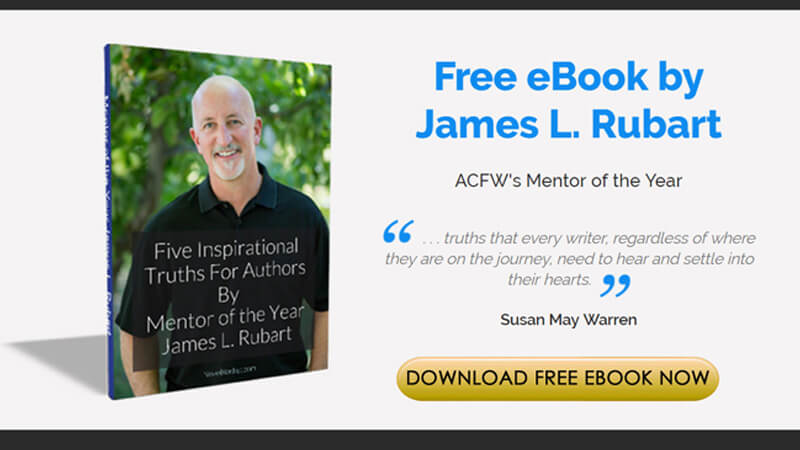
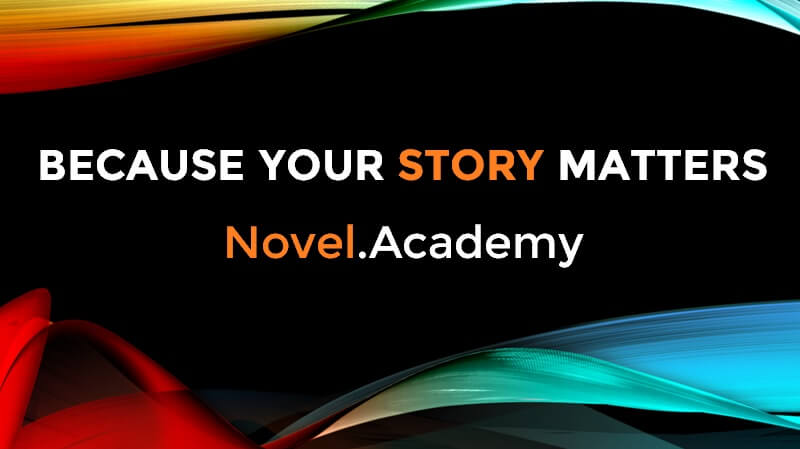
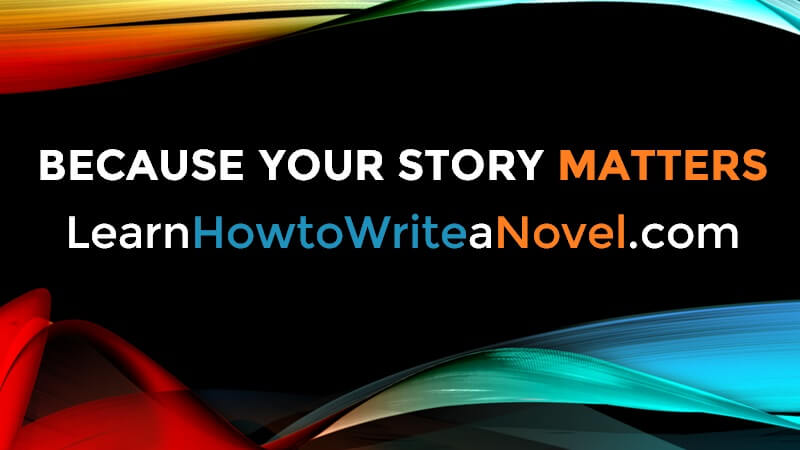
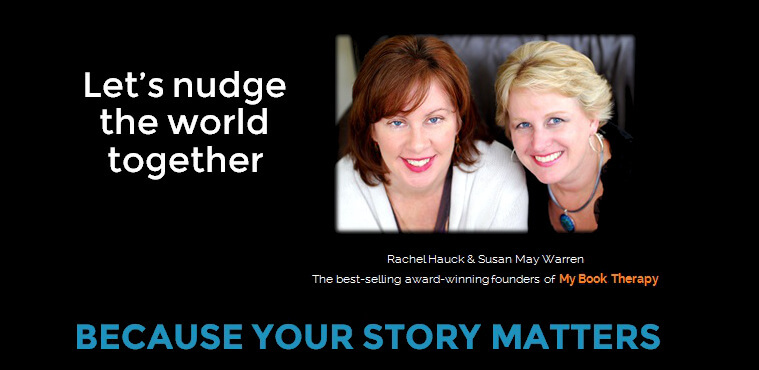
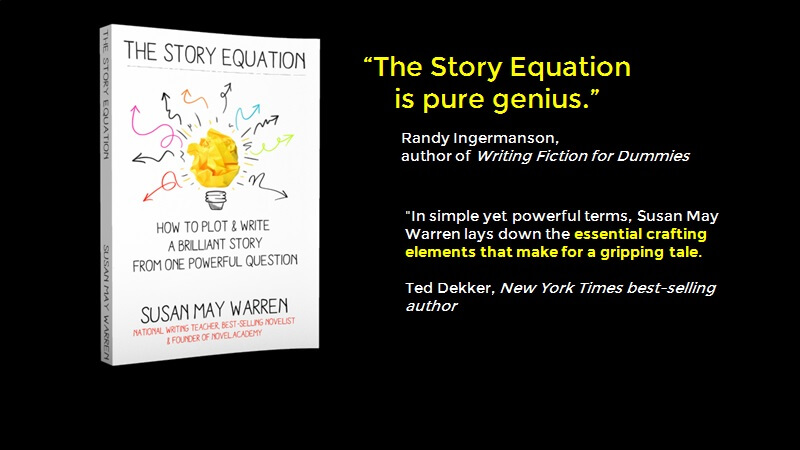
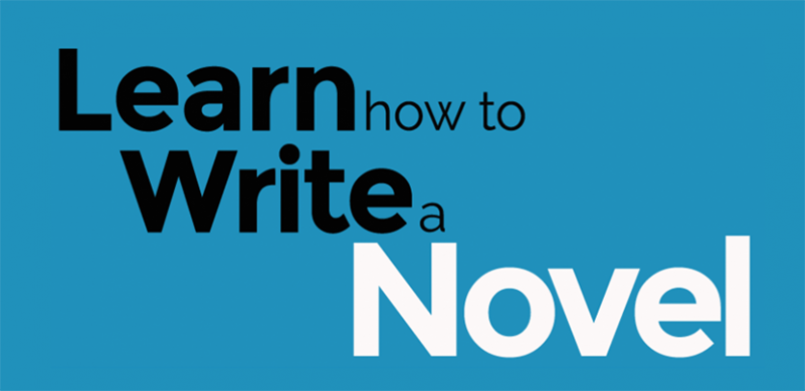


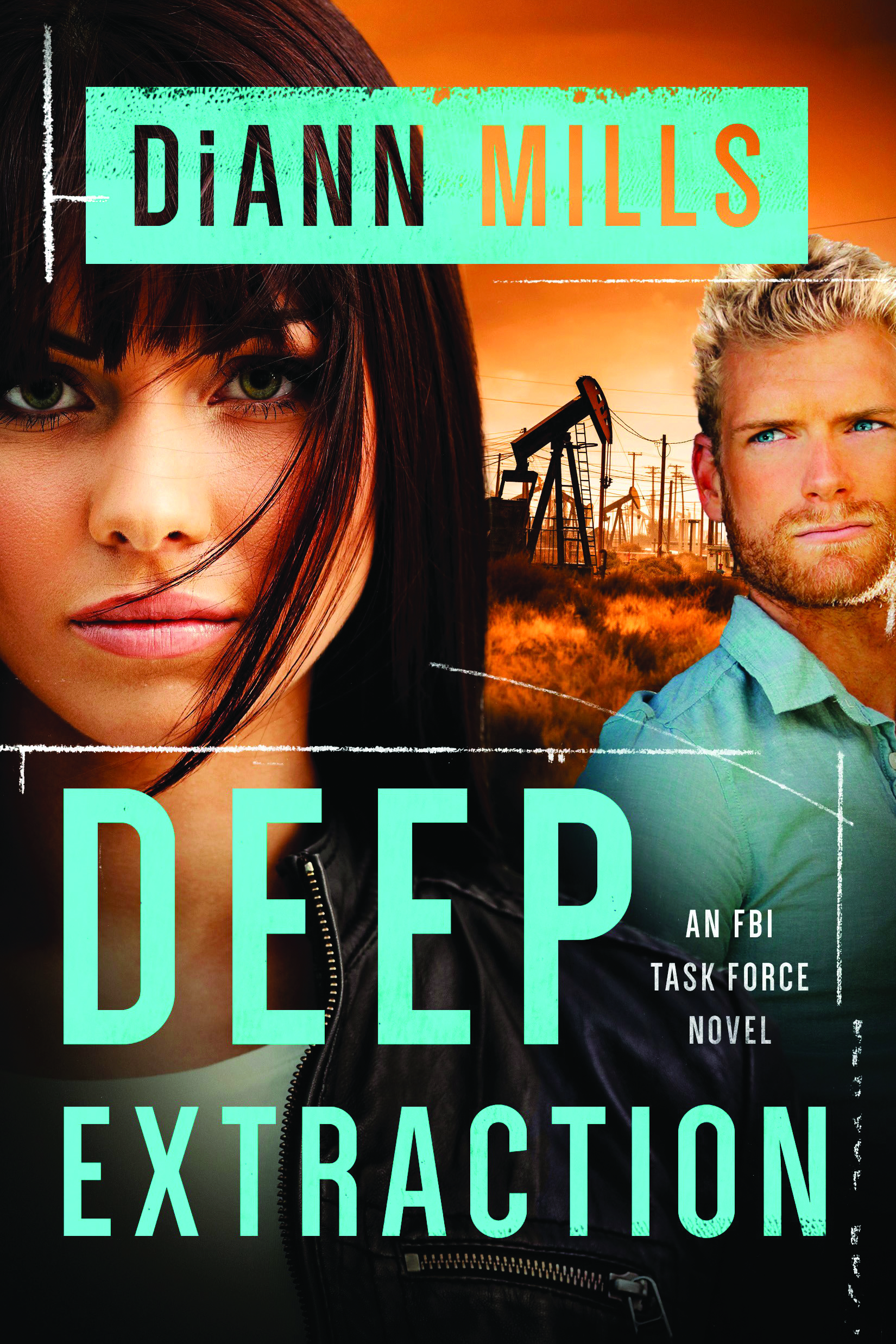
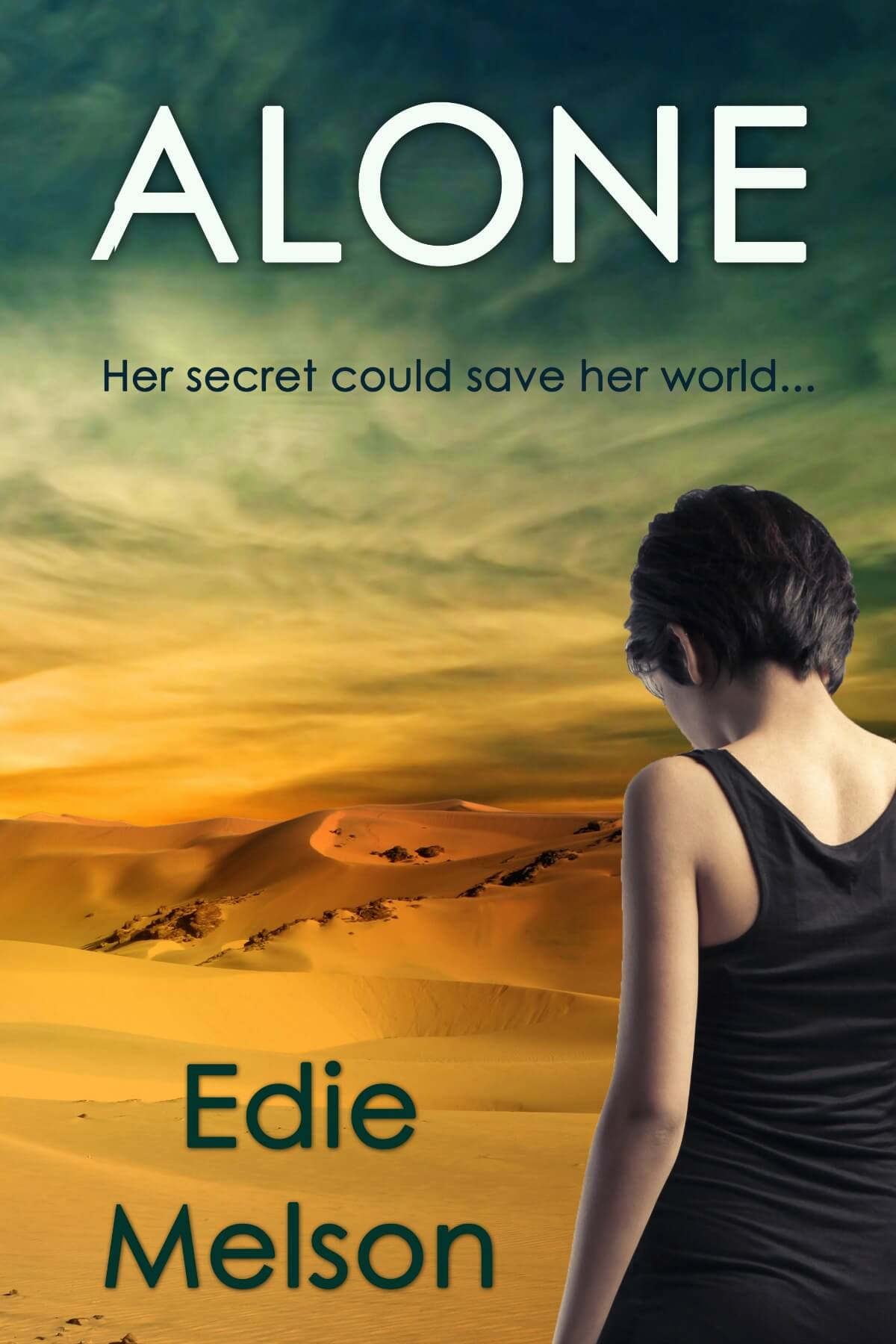









Great article, Shelly. Thank you so much for visiting with us today!
ReplyDeleteWhat grace and wisdom -- there are several quotes I would like to copy, paste and blow up to 30-point type. Keeping the main thing (Jesus) the main thing, the need to explore the painful places within; taking care with the craft of each sentence; etc., etc. These are some of the essentials in any writer's toolbox, but we tend to forget them in our rush to get words on the page.
ReplyDeleteThank you, Shelly, and NJ. This was a great and encouraging interview.
This interview with Shelly was thoroughly enjoyable and so insightfu.Great writing advice, too. Thank you Shelly and N.J. I especially appreciated those parting words.
ReplyDeletePat